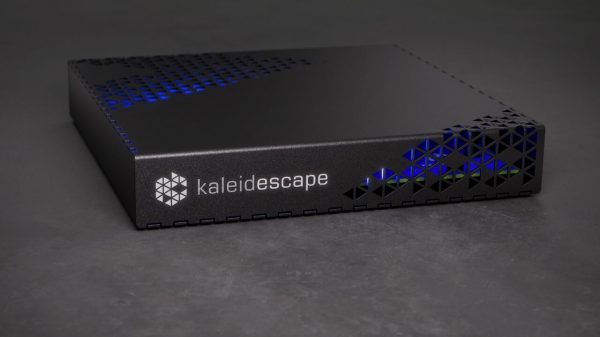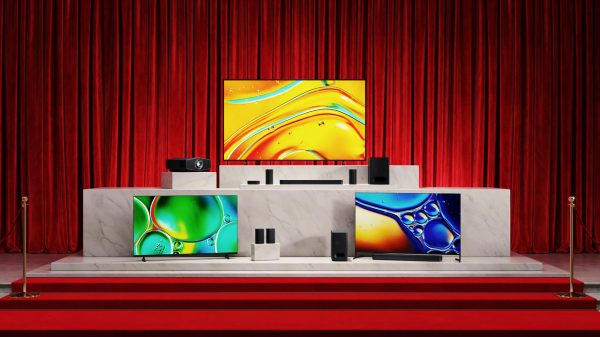Outstanding display performance and low power consumption deliver rapid growth in mobile applications for OLED
Confidence in the Organic Light Emitting Diode (OLED) display market was initially undermined by hype from vendors. During the infancy of the market it was predicted that OLED would replace LCD within a period of five years. Now, however, OLED is on the way to establishing a strong position in mobile applications where the combination of low power consumption and excellent optical performance gives real advantages to consumers. This is the view of Myrddin Jones, CEO, OLED-T speaking today at the Future Horizons International Electronics Forum in Athens, Greece.
“The OLED industry has spent the past few years trying to bring the amazing technology demonstrators to mass production. But the dominant incumbent technology, LCD, has had a 30 year start on the OLED industry with high yields and a mature infrastructure,” said Myrddin Jones, CEO, OLED-T.
“The OLED industry was originally too optimistic about the speed of commercialisation of the technology. Only now, with new materials bringing improved lifetimes and with the establishment of dedicated active matrix production lines in Asia is the market becoming a reality.”
OLED is gaining significant market share in the mobile product market in applications such as mobile phones, media players and digital cameras where its high performance and low power consumption benefits deliver improved product performance for mobile products, in particular with video.
OLED has numerous technical benefits that make it ideally suited to mobile applications compared with LCD including lower power consumption, faster switching speed, broader colour range, higher contrast, up to 30 per cent decrease in weight and 50 per cent decrease in thickness.
“OLED-T has a broad portfolio of OLED materials. It has developed a broad patent position and is well-placed in the industry as the market moves firmly into a stage a commercial development,” said Craig Cruickshank, principal analyst, Cintelliq.
OLED is developing into an important market for the display industry as well as the chemical industry. Materials are estimated to make-up 20 per cent of the value of the OLED supply chain.
The worldwide flat panel display market was worth $70 billion in 2006 and is forecast to rise to $100 billion by 2010 according to major display analysts. OLED is the fastest growing non-LCD display technology and by 2010 it is predicted that it will be worth more than $2.5 billion.
OLED-T produces high performance OLED materials for use in the manufacture of OLED displays. The materials are suitable for both active and passive matrix OLED displays, and can also be used for lighting and flexible displays.
About OLED-T
OLED-T is leading the research, development and commercialisation of a pioneering class of organic light emitting diode (OLED) materials, called ELAMATES, for OLED displays.
OLED is a new generation of flat panel displays that exhibits numerous benefits over LCDs, particularly for portable applications. These benefits include faster switching speed, lower power consumption, higher contrast, lighter and thinner, and displays a perfect image from every direction.
Invented by OLED-T, the ELAMATES portfolio of materials offers significant advantages of cost, performance and large scale manufacturing capability to a flat panel display industry eager to reap the benefits of this new generation of display technology. The materials offer dramatic efficiency improvements of up to 80 per cent, and lifetimes of as much as three times that of competitive OLED materials.
OLED-T has over 60 patents in the area of OLED materials and device structures. It sells its materials directly to OLED display manufacturers primarily in Asia.























